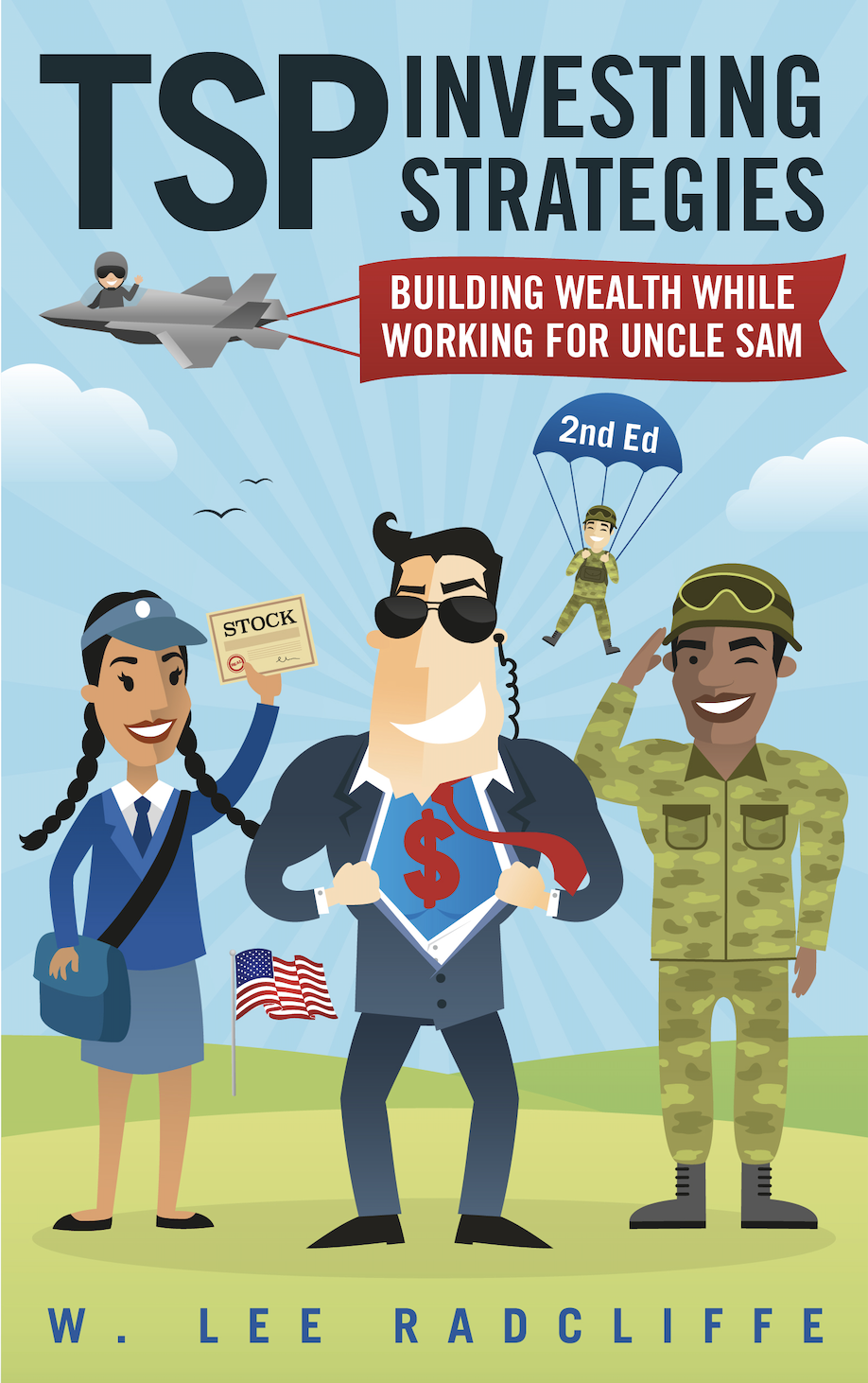The G Fund and the C Fund
July 30, 2012
The G Fund and the C Fund are the basic building blocks of any TSP portfolio. Each has its strengths, and each faces challenges particularly in these difficult economic times. But they complement each other in ways that can provide a more stable total TSP investment than investing in either on its own.
The G Fund is a stable value fund made up of special U.S. government securities issued to the TSP. The fund calculates rates based on a weighted average maturity of the 3-month Treasury bill, the 10-year Treasury note, and the 30-year Treasury bond. At the end of December 2011, the weighted average maturity of the securities in the G Fund was 10.7 years, or slightly more than the 10-year Treasury note, for example.
But while the value remains stable, its yield has fallen along with the drop in U.S treasury yields. With the historically low rates, the G Fund is barely eking out a return for the year. For the past 12 months through June, it has returned 1.81%. In June, the G Fund yielded 0.11% for the month, down from 0.22% a year ago. And it is set to return even less in July, as the 10-year hit another low last week of 1.38% before recovering slightly to 1.5% at the end of the month.
The C Fund, on the other hand, is made up of the top 500 companies based in the United States. Under normal circumstances, its yield is lower than bond yields. However, amazingly, the C Fund is actually yielding more than the G Fund these days as investors buy into government bonds as a safe haven in the tough economy, often selling their stock funds to do so. Unlike the G Fund, the yield of the C Fund is the cash that various companies in the fund pay investors from their profits, which as noted in a previous post tends to increase over long periods of time. As of July 24th, the C Fund featured a yield (before fees) of 2.34%, up slightly from May. Thus, if the S&P 500 stayed exactly the same for an entire year, C Fund investors would still return more (close to 2.5%) because of the yield than G Fund investors (around 1.8% or less).
But the C Fund faces its own challenge of periodic price declines. It was $10.20 on July 1, 2003, for example, and rose to $17.53 a share in mid-October 2007, but then dropped to $7.86 on March 9, 2009. It has since recovered again, closing at $17.33 a share today. Yet despite the rise and fall of the C Fund and the S&P 500 over the past decade, the C Fund has fared decently when including dividends. The S&P 500 was just under 1,000 in July 2003, for example, while in the past month it has hovered just under 1,400 – an increase of 40% or so. The TSP’s C Fund, in comparison, was $10.20 on July 1, 2003, but at the close of markets today (July 30, 2012), the C Fund stood at $17.33, a return of 70%. The increased return is a direct result of dividends, which are immediately reinvested in the C Fund when they are paid by companies each year.
Despite the historically low yield of the G Fund and the fickle nature of the C Fund over the past decade, in my opinion there is a place for both funds in everyone’s TSP portfolios. The combination of the two funds provides both stability in one’s TSP investments as a whole, and also provides opportunity for growth.
A very basic portfolio is 50% in the G Fund and 50% in the C Fund. With this allocation, TSP investors enjoy both the stability of the G Fund (despite its very low yield) and growth of the C Fund (despite its volatility over the years). More risk can entail more growth over the very long term, particularly in comparison to the currently paltry 1.8% (or lower) return of the G Fund.
As an example, an investor with $100,000 in the G Fund returning 1.8% each year would have just over $167,000 in 30 years, without any additional money added to the original amount. This investor would have preserved his or her initial investment, to be sure, but at the cost of growth over the long term. Even returning the C Fund’s current yield of 2.34% with no additional growth over this time would increase this investor’s return to over $195,000. Add a few additional percentage points each year for growth in the underlying companies, together with growth in the dividend yield itself (which has been trending higher in the past several years) – for a total return of 6% – would increase the amount to $541,000 over 30 years. Yes, the C Fund would likely drop on multiple occasions during this time, but overall the trend will most likely be up. Balanced with investments in the G Fund, the TSP investor’s total account would not dip as much as when invested 100% in the C Fund or other TSP stock funds.
For those willing to take on still more risk, there is a strategy to invest using funds from the G Fund at specific intervals as the stock funds are falling. For a further discussion of allocation strategies as well as a strategy to invest as markets fall for greater overall long-term returns (while also remaining a “buy and hold” investor…), see TSP Investing Strategies: Building Wealth While Working for Uncle Sam.
Related topics: c-fund g-fund